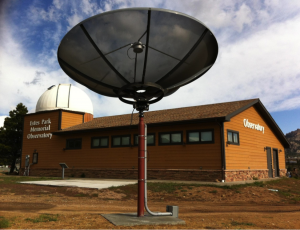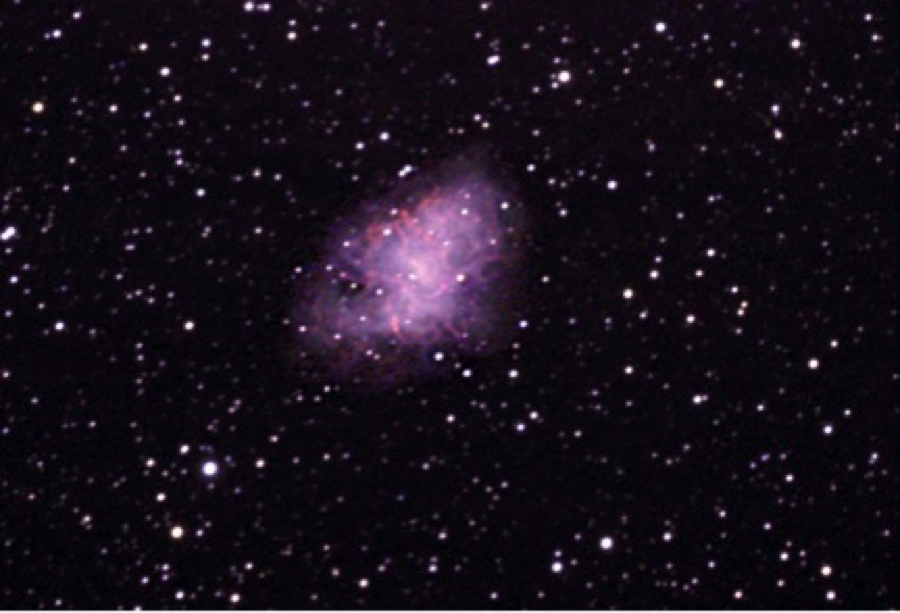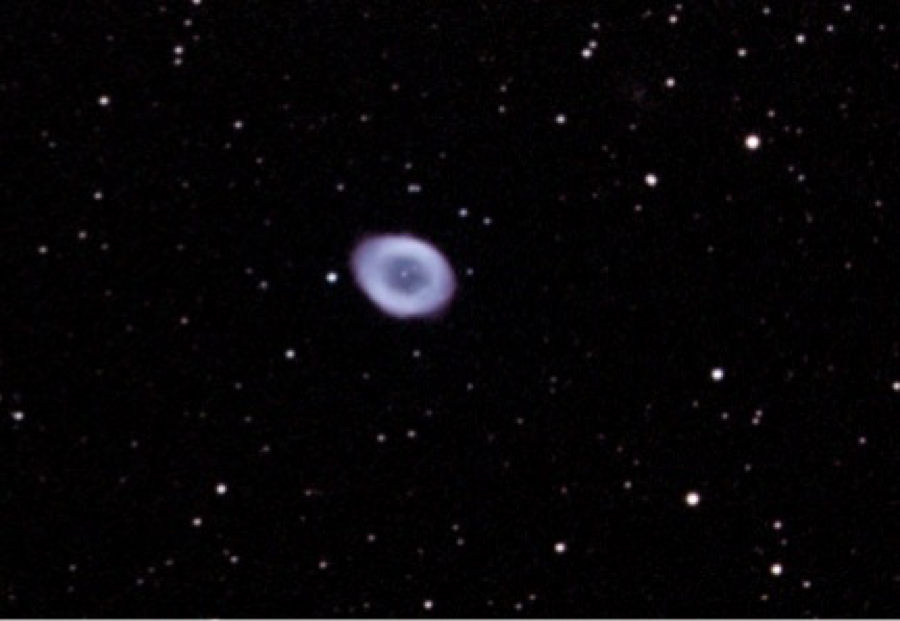Estes Park Memorial Observatory Projects
Below are projects past, present, and future. Also info about our Monthly meeting.
Current Projects:
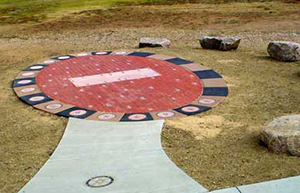 The Human Sundial Project
The Human Sundial Project
The human sundial project consists of an oval sundial approximately 25 feet by 18 feet in front of the Estes Park Memorial Observatory. The sundial gnomon (the part that casts the shadow) is fulfilled by a person standing on a tile corresponding to the current month. The person’s shadow will then indicate the current standard time, not daylight savings time.  Concrete pavers (bricks) are used to fill in and surround the sundial. The pavers are engraved with individual messages and sold to the public to support the observatory and its programs. The project is a cooperative effort between the observatory and the local Estes Park Noon Rotary Club. The Community Service Committee of the Rotary Club has collaborated with the observatory to build the sundial as part of their annual community service project. Bricks are $100 each with all profits going to support the observatory and school astronomy projects.
Concrete pavers (bricks) are used to fill in and surround the sundial. The pavers are engraved with individual messages and sold to the public to support the observatory and its programs. The project is a cooperative effort between the observatory and the local Estes Park Noon Rotary Club. The Community Service Committee of the Rotary Club has collaborated with the observatory to build the sundial as part of their annual community service project. Bricks are $100 each with all profits going to support the observatory and school astronomy projects.
Buy a brick and then fill out this form.
How do I buy a brick?
1.) Pay on-line using the “Buy Now” link or send a check to P.O. Box 3541, Estes Park, CO 80517
2.) Fill out the brick order form and email the form to mike@angelsabove.org or mail to P.O. Box 3541, Estes Park, CO 80517
3.) We will send confirmation of your order to the email you provide. Thank you so much past and future contributions.
Looking to give in a different way? Donate or become a volunteer!
BERT or the Bobcat Engineered Radio Telescope was inspired by high school student leader Storm Wolf. With it we hope to observe and map celestial objects such as the Crab Nebula and the Andromeda Galaxy using the radio spectrum. Thanks to the generous support of the local Masonic Lodge, the Estes Park Memorial Observatory, the Estes Valley Astronomical Society and the Toshiba America 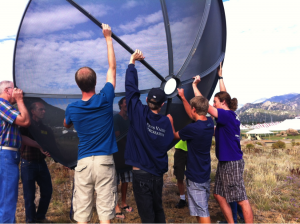 Foundation, funding for the telescope was obtained. Students from the high school were teamed with members of the local amateur radio club to help build the telescope. The HAM radio operators provided the necessary expertise for the construction and operation of the telescope.
Foundation, funding for the telescope was obtained. Students from the high school were teamed with members of the local amateur radio club to help build the telescope. The HAM radio operators provided the necessary expertise for the construction and operation of the telescope.
Radio signals are part of the electromagnetic spectrum (EM) along with light and are able to reach Earth and many large radio observatories have been built to look at objects through this portion of the EM spectrum. Radio radiation allows us to look at objects that emit relatively low energy. This includes dust and gases in the galaxy and solar system. The pictures below show the Milky Way galaxy in a 360 degree map view like opening a 3D globe of the Earth onto a flat 2D oval view on a sheet of paper. The view on the left is visible light captured with an optical telescope and a camera. The view on the right is radio radiation captured from a radio telescope at 408 Hz. This picture is a representations in false color (i.e.: made so we see the radio frequency of the electromagnetic spectrum as if it were visible light).
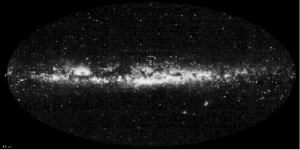
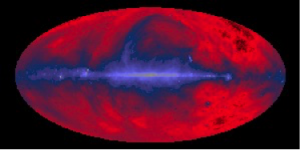
Astrophotography
Examples of photographs captured in Estes Park using an 11 inch Schmidt-Cassegrain telescope with an SBIG color CCD are shown below.
M1 – Crab Nebula: Location: Taurus; Distance: 6.5 ± 1.6 Thousand Light Years; Supernova Observed in 1054 AD. Diameter: approx. 11 light years; Expansion Rate: 1,500 km/sec.
Total exposure time 60 min.
M57 – Ring Nebula: Location: Lyra; Distance: 2.4 ± 0.7 Thousand Light Years; Planetary Nebula; Gas expelled by red giant on way to becoming white dwarf.
Diameter: 2.6 light years. Expansion Rate: 20 – 30 km/sec
Total exposure time 60 min.
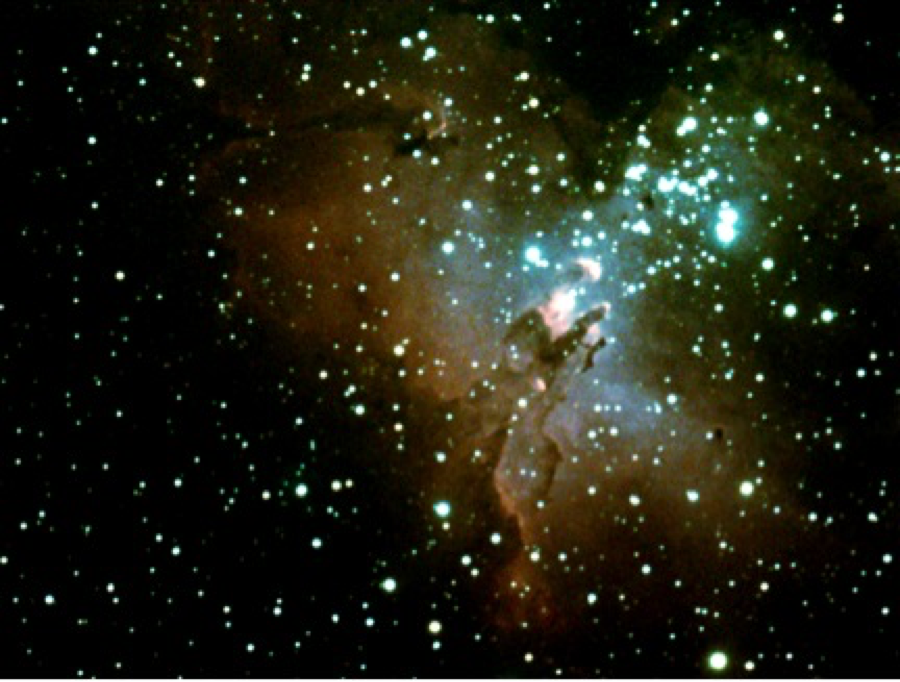 M16 – Eagle Nebula: Location: Serpens; Distance: ≅6.5 Thousand Light Years. Emission Nebula. Dimensions: 140 X 110 light years
M16 – Eagle Nebula: Location: Serpens; Distance: ≅6.5 Thousand Light Years. Emission Nebula. Dimensions: 140 X 110 light years
Total exposure time 60 min.
Asteroid Tracking with Estes Park High School Students
Under the leadership of physics teacher, Todd Burke, students at the Estes Park High School have been participating in an international project designed to identify and track near earth asteroids. The US branch of the project is sponsored by the National Science Foundation (NSF) and uses robotic telescopes worldwide to capture multiple images of specific areas of the night sky on all clear nights. The images of specific areas are taken over several nights and supplied to students over the Internet. The students then examine the photographs for objects that have moved from night to night. Once an object is identified, its coordinates are plugged into software provided by the NSF to compute a preliminary track. Those objects that appear to have a track that will intersect the earth’s orbit are then analyzed by professional astronomers to calculate a more refined track and assess potential danger of an impact.
Projects Coming Soon to EPMO:
Telescope Upgrade
Solar Walk
Supernova and Star Spectroscopy
Weather Station
All Sky Camera

